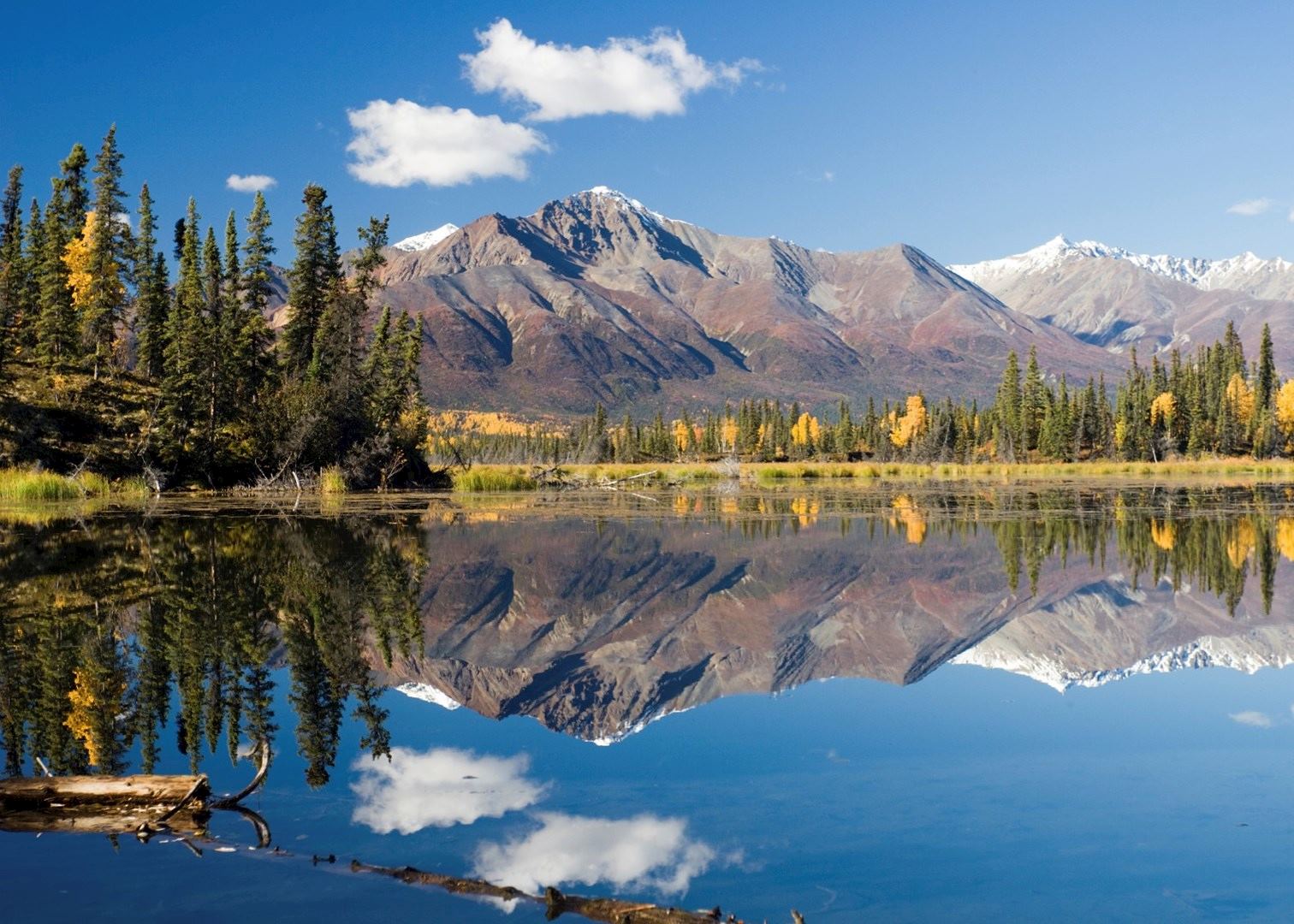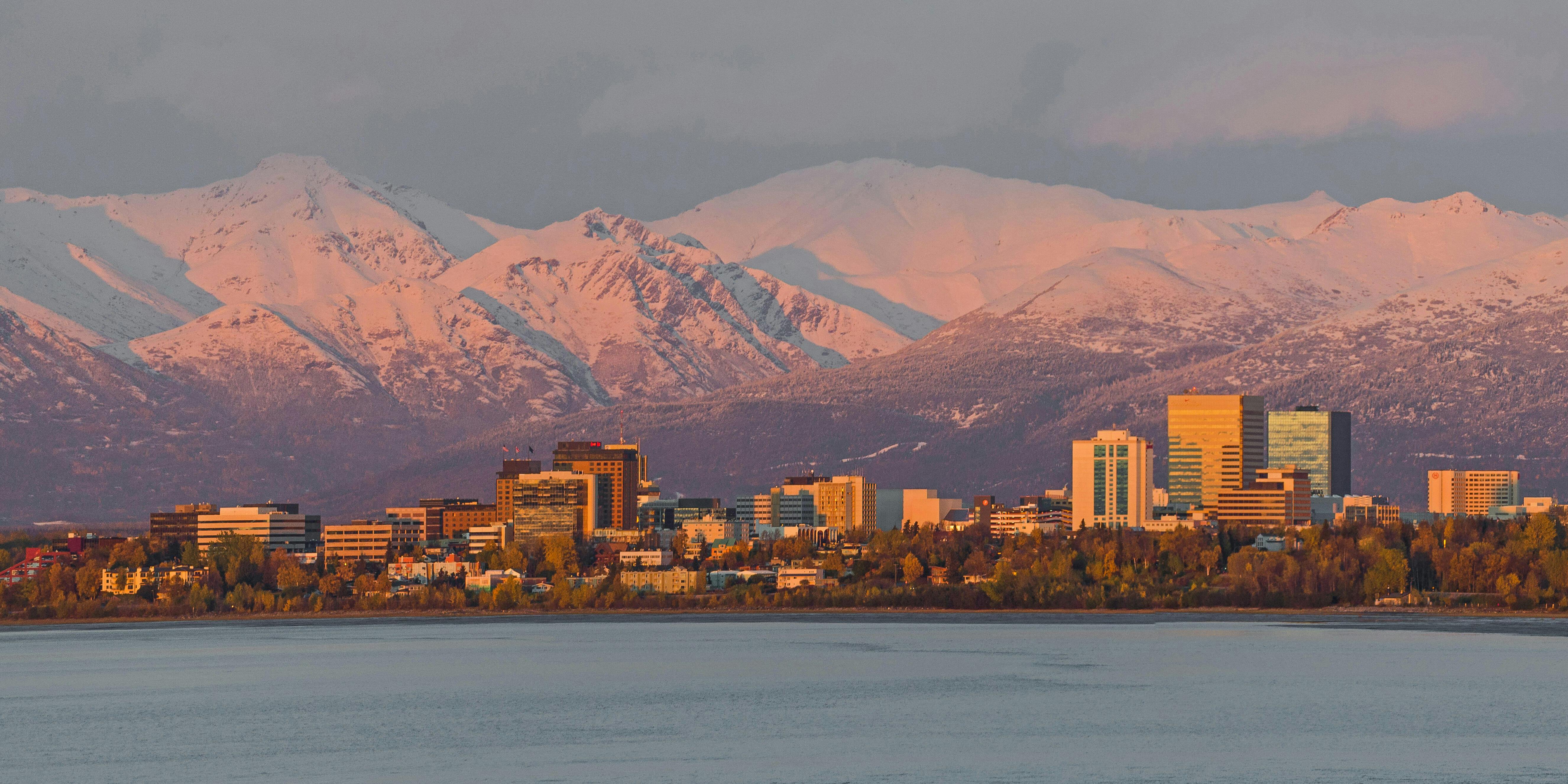What Is The Weather Like On An Alaskan Cruise In July?
Table Of Content

With an average size of 24 to 36 inches and weighing pounds, you’ll finally have a true fishing story worth telling. They begin migrating from Hawaiian waters in the springtime to feed in the nutrient-rich Alaskan waters. Packing-wise, you’ll still want to bring a raincoat, but you can probably leave your winter coat home if you are cruising in June.
Explore related stories
As September begins, the sun dips below the horizon signifying the inauguration of fall. The lush green forests transition into vibrant hues of gold and saffron while the mountaintops become freckled in snowfall. Daylight quietly recedes and the growing twilight perfectly contrasts the luminous green lights of the Aurora Borealis. The enchanting colors invite you to marvel at the miracles of Mother Nature that so often act as the inspiration for treasured postcards. With only 12 hours of sunlight, temperatures range from around 43 degrees to the mid-50s. These new, cooler climates encourage Alaska’s famed wildlife to begin preparing for hibernation.
July Trip Ideas By Car
The summer months bring longer days, milder temperatures, and a variety of outdoor activities. However, it’s important to remember that Alaska’s weather can be unpredictable, and temperatures can vary greatly between regions and even within a single day. Therefore, it’s crucial to bring a versatile wardrobe that accommodates changing weather conditions. The main cruise season in Alaska is May through September, though many cruise lines are adding shoulder season itineraries in April and October.
What is the best time to cruise Alaska?
Additionally, if you plan on participating in activities like glacier hikes or boat tours, be aware that temperatures may be lower due to the proximity to icy terrain or coastal waters. As you traverse the scenic waterways of the Last Frontier, you’ll be greeted by breathtaking views of towering glaciers, majestic mountains, and picturesque coastal towns. However, before you set sail, it’s essential to understand what to expect in terms of weather during this time of year.
However, most of Alaska's tastiest fruits and vegetables aren't on offer until later in the summer. July is right in the middle of whale watching season so it is a great time to take a tour. Because there is so much sunlight during Alaska’s summer, there is no chance to see the northern lights. This phenomenon is only visible in Alaska from September through mid-April. For many people, July is the best time to travel to Alaska because of the great weather, amazing wildlife opportunities, the accessibility to nature, and long days. In September, the scale now tips towards later sunrises and earlier sunsets in Alaska.

Cruises for families
If spotting wildlife is a priority, consider cruising during the salmon runs, when bears are most active and can be spotted from the decks of the ship. Humpback whales often follow schools of herring and other small fish during the summer and can be seen anytime between May and September before they migrate to Hawaii or Mexico. Seeing the Northern Lights in July is highly unlikely due to the extended daylight hours throughout most of Alaska. The best chances to view the aurora borealis are from late August through April.
This month also experiences near constant cloud cover with a good chance of rain on any given day. Travelers get at least fifteen hours of daylight and twilight in May, providing more time for whale watching and other outdoor activities. With low wind speeds, cold temperatures, and precipitation, travelers may want to pack plenty of knit sweaters, a jacket, warm pants, and waterproof boots or shoes.
The best time to cruise Alaska
Testing the Waters with Dori: Late Season Alaska Cruising - Travel Market Report
Testing the Waters with Dori: Late Season Alaska Cruising.
Posted: Mon, 16 Oct 2023 07:00:00 GMT [source]
The weather conditions can change several times throughout the day, which is why it’s best to pack plenty of layers and a lightweight raincoat. As September begins, the sun dips below the horizon signifying the inauguration of autumn. The enchanting colours invite you to marvel at the miracles of Mother Nature that so often act as the inspiration for treasured postcards. With only 12 hours of sunlight, temperatures range from around 6 degrees to around 12 degrees. While all travel has environmental and cultural impacts, cruising leaves its mark to varying degrees on Alaska's fragile ecosystems.
Alaska Cruise Weather - What to Expect
So, get ready to embark on a journey through Alaska’s untamed beauty, where every turn reveals a new wonder and where the splendor of nature takes center stage. Whether you’re a nature enthusiast, a wildlife lover, or simply seeking a break from the ordinary, an Alaskan cruise in July will leave you with a profound appreciation for the Last Frontier. However, the prolonged daylight can also affect your sleep patterns, particularly if you’re not accustomed to the extended daylight. Consider bringing an eye mask and blackout curtains if you prefer a darker sleeping environment during the night.
For your on-shore day excursions, be sure to pack layers of clothing and rain gear so that you can be comfortable. Proper footwear is also important and be sure to bring hiking shoes if you plan to enjoy outdoor activities. With the extended daylight hours, you can make the most of your Alaskan cruise in July. You’ll enjoy wildlife viewing, warmer temperatures, and daylight returns to more typical hours. However, the dry season has ended, so rainfall will begin to increase as the month progresses. July is a popular time to visit Alaska due to the favorable weather conditions.
The Tongass National Forest, which is 16.8 million acres, needs a great deal of moisture to support its trees and wildlife, so travelers should expect to encounter rain during their visit. A limited number of cruises in October (predominantly on Norwegian Cruise Line) make it possible for cruisers to experience a taste of Alaska in winter without sub-zero temperatures. You will want to bundle up; the average temperature in Juneau in October is 39 degrees.
Mid-to-late September is one of the best times to spot wildlife in Alaska. Bears will be hunting for the last of the berries and salmon, and caribou, deer and moose will be mating. The beginning of September is much like August, but after the kids go back to school and the family crowd departs, it's shoulder season for cruising and pricing drops.
This is not a common way to do Alaska cruises, but if you are interested, it’s something to look into. If you’re sailing out of Vancouver, the typical Alaska cruise itinerary is such that you will only be going to Alaska cruise ports. Alaska excursions are expensive, but most people tend to think they are worth it.
Gaze at the water’s surface as thousands of bald eagles congregate to enjoy the final salmon of the season. With lows in the upper 40s and highs of around 60, you’ll feel refreshed and eager to explore the captivating wonders of Alaska. Like July, nights and early mornings can be very cold, so late nighters and early risers should be prepared to bundle up for icy temperatures. Plenty of layers are also essential in August, and travelers should be sure to pack waterproof jackets, shoes, and bags as August and September are among the rainiest months of the year. If you’re thinking about planning a summer cruise, Alaska may be the perfect destination for you. The Alaskan cruise season lasts from May to October, and the warmest months for travel are typically June, July, and August.
The 49th state's snowy, cold and dark winters are not conducive to cruising. In fact, most glacier excursions are best done in summer and early fall months, which coincidentally falls between May and July and extends till September. Glacial activities, such as calving, are more pronounced during these periods due to warmer temperatures.
Comments
Post a Comment